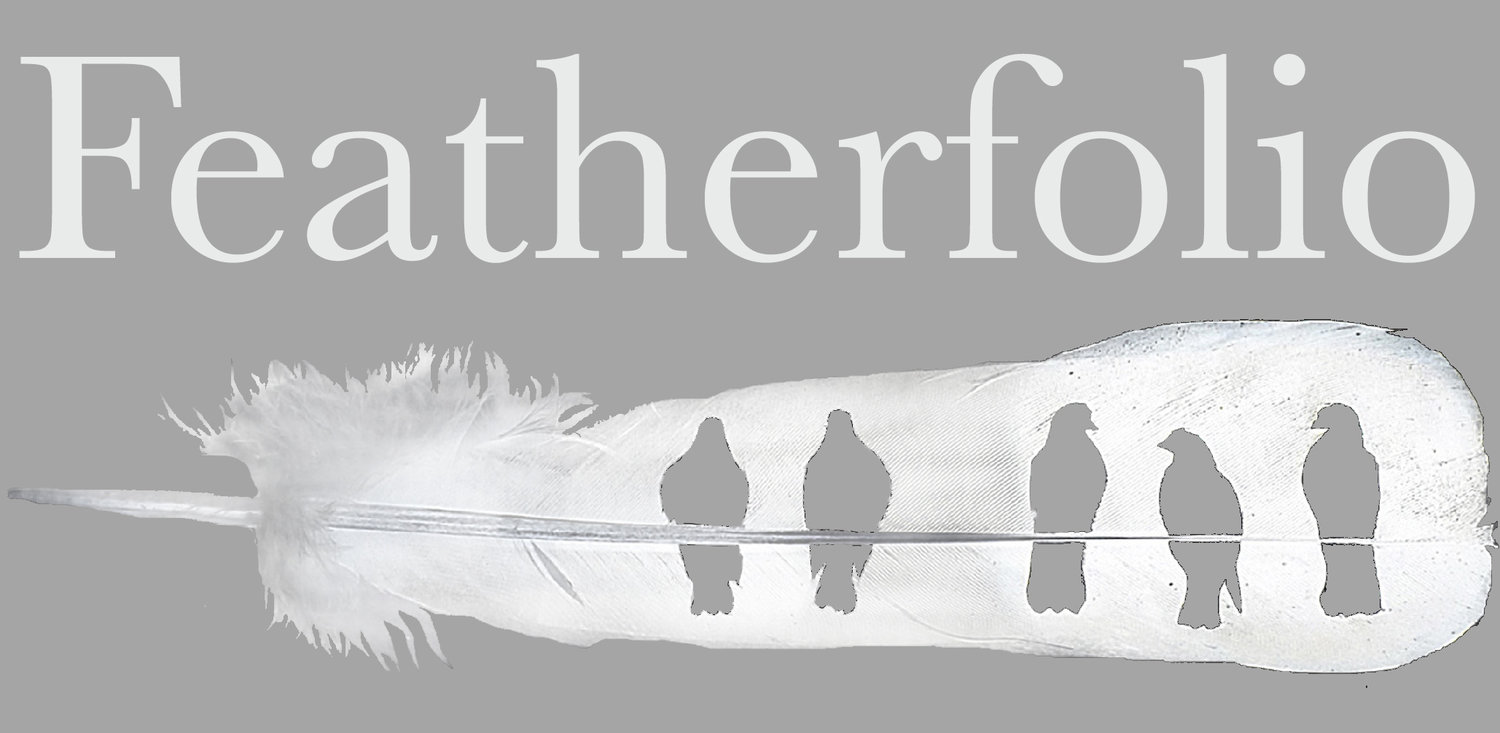Feathers are made out of the same stuff as fingernails which is a protein-like substance called Keratin. It is the toughest of animal materials. However, pests and mold and sun can still destroy feathers. But as long as you take these simple steps, your feathers should last forever, barring a chew-happy puppy or some other accident.
Freeze. When you first get your feathers, keep them isolated from any other plumes. Put them directly into a freezer that is set at zero degrees Farenheight or -18 Celsius (colder is even better). Leave them in for at least 48 hours. Take them out for a day and then put them back in for another 48 hours. This will kill bugs.
Instead, you could soak the feathers for a half-hour in a mixture of half isopropyl alcohol and hydrogen peroxide, but I find freezing is easier.
2. Clean. Wash with a mild soap like dish soap. Gently rub off any dirt by moving your fingers from the base toward the tip of the feather, like petting a cat, who likes its fur rubbed the right way. Rinse with clean water. Air dry or dry with a hair drier. If the feather is misshapen but intact, you can try putting the feather in the steam of a tea kettle and gently preening it back into perfect shape. Youtube will have a few videos about this steaming method.
3. Store. One cleaned, keeping the feathers dry and sealed is the best protection against future problems like mold and insects. I usually seal my feathers in plastic bags. That is about it.
If you ever notice tiny holes or loose fluff about your feathers, isolate those from others and go through the freezing process again. An extra precaution that you may choose, but it involves chemicals, is to place a smal dusting of flea powder in your container. This is the same stuff that is sometimes put on dogs and cats (active ingredient is Carbaryl) . This will kill mites and beetles. Sometimes feathers are stored with moth balls (naptha or paradichlorobenzene) to repel bugs but this is smelly and more toxic. People used to store feathers (and woolens) in cedar chests because the wood oils can repel insects. I don’t have a cedar chest but if I did, it wouldn’t hurt to store them this way although I would still keep the feathers sealed.




















